EMUI 10 release date, features, eligible devices and rumors

If you’re looking for the latest EMUI 10 update based on Android 10 Q, Then you’ve come to the right place. Here’s you will find all the information about EMUI 10 release date, features, eligible devices and rumors.
Currently, there is no official confirmation about the name of next OS version but it will probably be called EMUI 10. Also, there are no official words on the features and its release date. What we know here is Huawei releases its own OS version based on Google’s latest Android version every year – EMUI shares most of the features of the latest Android version but it comes with few additional features which don’t come with the Google’s Android. Now, we are breaking out the details.
EMUI 10
Huawei announced Android 9.0 Pie-based EMUI 9.0 at IFA 2018 in September in Berlin. The EMUI 9.0 based on the Android 9.0 Pie came pre-installed on the Huawei Mate 20 series. For your information, Google officially announced the final release of Android 9.0 under the title “Pie” on August 6, 2018.
Now the important question – When will we see the EMUI 10 for the very first time? The EMUI 10 will be there in September 2019. It’s because Huawei announced the EMUI 9.0 in September 2018, after one month of Android 9.0 Pie release, which was August 2018.
Google has released the second Android Q beta update. You can expect the final version of the Android 10 Q in August 2019, just like last year, according to Google’s official developer beta timeline.
Android Q release timeline:
- March 13: The first Android Q beta has launched
- April 10: The second Android Q beta has launched
- May: Android Q beta 3
- June: Android Q beta 4
- July: Beta 5 and beta 6
- August: The final release
EMUI 10 FEATURES
Google officially confirmed a bunch of features coming with the Android Q. It’s unclear if they’re all available in the first release, but at least we know some of what’s coming. According to Google, the Android Q will come with the following features:
Desktop mode:
Android Q will switch to a desktop mode when you connect your phone to an external monitor. You’ll be able to use free from multi-windows to open and move apps anywhere on the screen.
Deep Press
The next OS update will include support for “Deep Press” interactions on the screen. The idea is that you’ll be able to activate separate actions by pressing harder on the screen. It’s different to a regular short press, or a long press, in that it’s based on how hard you press.
“The current even stream represents the user intentionally pressing harder on the screen. This classification type should be used to accelerate the long press behavior.”
Privacy
In the next OS update, Google offering new app permissions that give you more control over the amount of information you share with apps.
For example, apps now need explicit permission to track your location in the background. With features like runtime permissions, you can only allow access to location when an app is running, limiting the amount of information that particular app can gather in the background.
Foldable phone support
This helps get apps and games to support foldable phones. According to Google: “To help your apps to take advantage of these and other large-screen devices, we’ve made a number of improvements in Android Q, including changes to onResume and onPause to support multi-resume and notify your app when it has focus. We’ve also changed how the resizeableActivity manifest attribute works, to help you manage how your app is displayed on foldable and large screens.”
Improved settings
With Android Q, you’ll see a floating settings UI pane that can be automatically triggered by apps. For example, if Chrome detects that the Wi-Fi network doesn’t have connectivity, it’ll show a settings window with options for Wi-Fi, mobile data, and airplane mode. The feature is designed to make it easier to change settings without leaving an app.
Share content fast
Sharing Shortcuts lets you quickly jump into another app to share content, with the share menu now loading instantly. It’s an evolution of how App Shortcuts worked in Pie and should make it that much easier to share content. From Google:
“Developers can publish share targets that launch a specific activity in their apps with content attached, and these are shown to users in the share UI. Because they’re published in advance, the share UI can load instantly when launched.”
Share WiFi with QR codes
With Android Q, you’ll be able to easily share your Wi-Fi details via a QR code. When you select a network name to view more details about the connection, you’ll see an option to share the Wi-Fi details using a QR code.
Improved AOD
Always On Display is getting a few tweaks with Android Q. The battery indicator is now located at the top right of the display instead of the bottom, and you’ll be able to see currently playing music.
Bubbles
Bubbles are a new feature in Android Q. With bubbles users can easily multi-task from anywhere on their device. Bubbles are built into the Notification system. They float on top of other app content and follow the user wherever they go. Bubbles can be expanded to reveal app functionality and information and can be collapsed when not being used.
Dual SIM Dual Standby
Google has offered eSIM support on the Pixels for a few years, but you couldn’t use the eSIM and the physical SIM at the same time. It looks like that’s changing with Android Q, with the Pixel 3 now offering Dual SIM, Dual Standby compatibility. That means you can use the eSIM and physical SIM in a dual SIM configuration, but only one can be in active use.
Additionally:
- Google is including limits on the access apps will have to photos, videos, audio, and downloaded files on devices.
- Android Q will have more control over how apps resume and pause when running in the background.
- A new Settings Panel API that’ll let developers push a pop-menu for settings like Bluetooth, Wi-Fi, and NFC, so users won’t have to exit apps to go to settings and back.
THE LIST OF DEVICES WILL GET THE EMUI 10 UPDATE
Huawei Mate-series list:
- Huawei Mate 20
- Huawei Mate 20 Pro
- Huawei Mate 20 Lite
- Huawei Mate 20 X
- Huawei Mate 20 Porsche RS
- Huawei Mate X
- Huawei Mate 10
- Huawei Mate 10 Pro
- Huawei Porsche Design Mate 10
- Huawei Porsche Design Mate RS
Huawei P-series list:
- Huawei P30
- Huawei P30 Pro
- Huawei P30 Lite/Nova 4e
- Huawei P20
- Huawei P20 Pro
- Huawei P Smart (2019)
Huawei Nova-series list:
Honor device list:
- Honor View 10/Honor V10
- Honor View 20/Honor V20
- Honor 10
- Honor 10 GT
- Honor 10 Lite
- Honor Play
- Honor Note 10
- Honor 8X
- Honor 8X Max
- Honor 8C
- Honor Magic 2
- Honor 8A
List of devices that will probably receive the update:
- Huawei P20 Lite/Nova 3e
- Huawei P Smart + (Nova 3i)
- Huawei Nova 3
- Huawei Y3 (2018)
- Huawei Y5 2018 Prime
- Huawei Y5 2018 Lite
- Huawei Y6 Prime (2018)
- Huawei Y6 (2018)
- Huawei Y7 (2018)
- Huawei Y7 Prime (2018)
- Huawei Y7 Pro (2018)
- Huawei Y7 Pro 2019
- Huawei Y8 2018
- Huawei Y6 (2019)
- Huawei Y9 2019 (also called enjoy 8 plus)
- Huawei Y9 2019
- Huawei Y7 (2019)
- Huawei Y7 Pro (2019)
- Huawei Y7 Prime (2019)
If you liked this post share it on social (Facebook, Twitter, LinkedIn, Tumblr) media and consider checking out our other blog posts to stay updated with the latest Tech Content!

How To
How to enable the swipe to type or cursor control feature on Samsung keyboard?

In the ever-evolving world of smartphone technology, convenience and efficiency are paramount. Samsung, as a leader in innovation, recognizes this and offers users the incredible swipe-to-type and cursor control feature on its keyboard. This intuitive functionality allows you to effortlessly glide your finger across the keyboard, spelling out words with remarkable ease, or precisely navigate through text using a cursor.
This guide will be your key to unlocking the potential of these features, showing you how to enable swipe-to-type and cursor control on your Samsung keyboard. By delving into your device’s settings, you will discover the simple, yet powerful steps needed to harness these capabilities. Whether you’re a fan of swift, gesture-based typing or require pinpoint accuracy in editing text, Samsung’s keyboard offers you the tools to customize your digital communication experience. Join us as we explore the intricacies of enabling swipe-to-type and cursor control, elevating your typing and editing skills to new heights.
Enable the swipe to type or cursor control feature on Samsung keyboard
- Open the Settings menu, scroll down, and tap on the General management option.
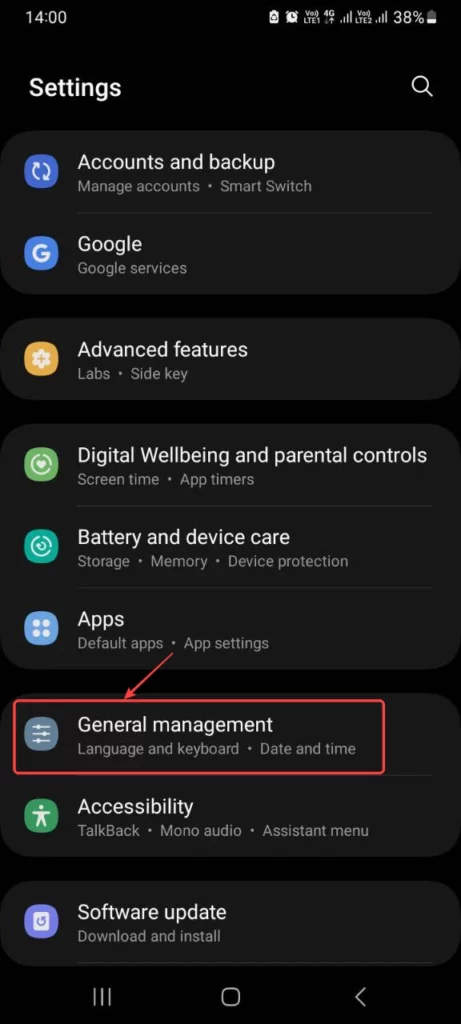
- Then, tap on Keyboard list and default.
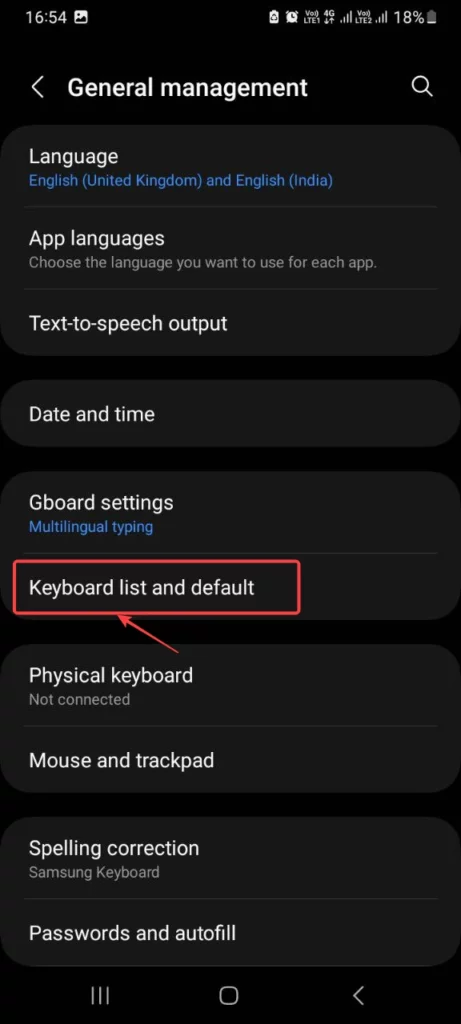
- Now, click on the Samsung Keyboard option.
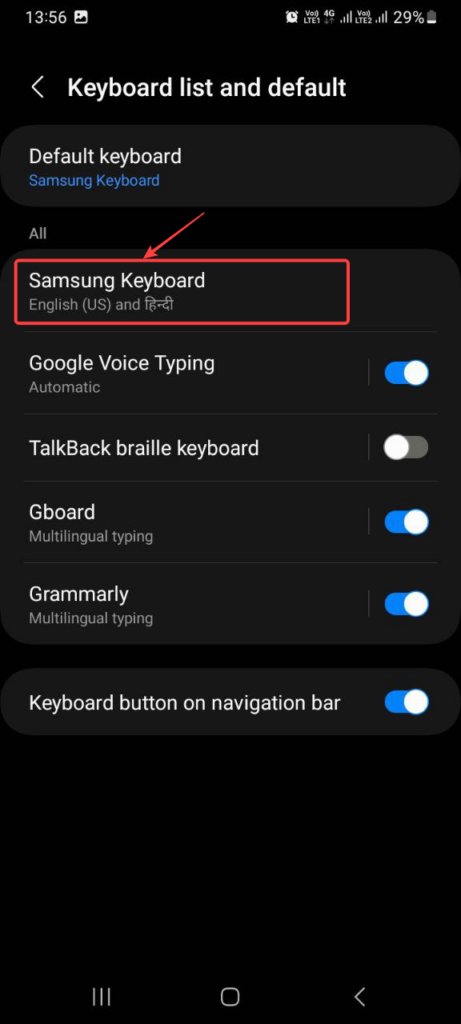
- Here, scroll down and tap on the Swipe, touch, and feedback option.
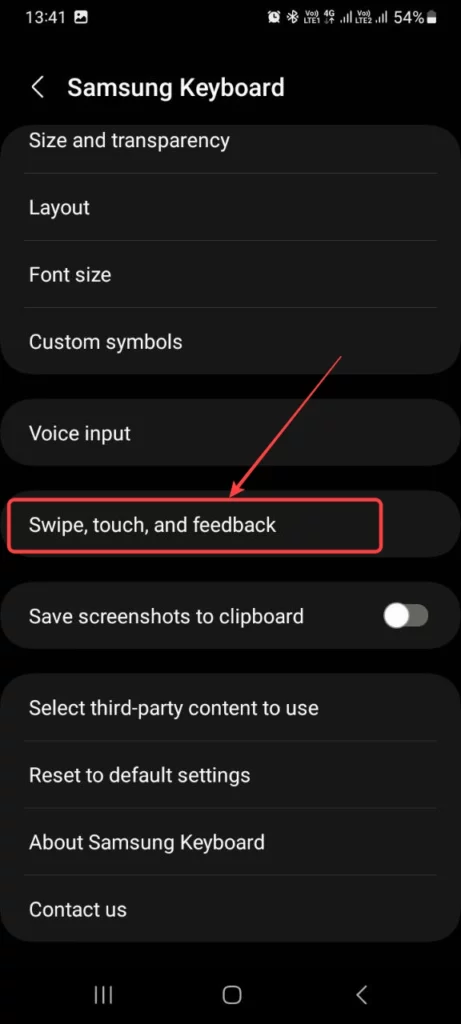
- Click on the Keyboard swipe controls option.
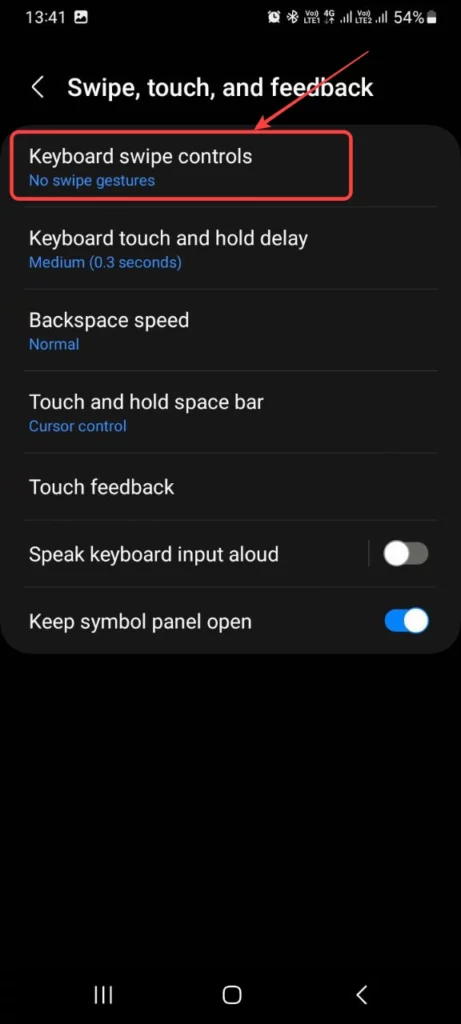
- Finally, you can turn on the Swipe to type or Cursor control feature.

We hope that this article has been able to provide you with some helpful tips and tricks for How to enable the swipe to type or cursor control feature on Samsung keyboard. Now you can share your experiences or capture important information without any hassle!
Software
Fliki AI Free Trial 2023: Try Fliki ai for FREE!

In today’s fast-paced digital world, content creation has become a crucial aspect of communication.
Whether you’re a business owner, educator, or content creator, the ability to generate engaging audio and video content is crucial.
That’s where Fliki AI steps in, offering a seamless solution to transform text into captivating videos and lifelike speech.
In this blog post, we’ll dive into the world of
Unveiling Fliki AI: Transforming Text to Videos and Speech
Fliki AI is a cutting-edge text-to-video and text-to-speech creator that empowers individuals and businesses to craft high-quality multimedia content within minutes.
It’s designed to bridge the gap between text-based information and dynamic audiovisual presentations.
With Fliki AI, you can bid farewell to the complexities of video editing and laborious voiceovers. Whether you’re explaining complex concepts, narrating stories, or presenting information, Fliki AI has you covered.
How to Start Your Fliki AI Free Trial: Easy Step-by-Step Guide
Getting started with Fliki AI’s free trial is a breeze! Follow these simple steps to activate your trial and begin exploring the fantastic features it offers.
Step 1: Click on the special link provided to access the right page for activating your free trial.
Step 2: Look at the picture below and tap the “signup for free” button.
Step 3: On the left side, you’ll see options to either log in if you already have an account or create a new account. Choose one and sign in.
Step 4: Click the “start creating” button.
Congratulations! You’re all set to use Fliki AI’s Free Trial without any charges.
The best part is, you don’t need to provide any credit card information to activate the free trial, and there’s no limit to how much you can try it out.
The Power of Fliki AI Features:

Effortless Text-to-Video Conversion: Fliki AI streamlines the process of turning your written content into captivating videos. Simply input your text, and Fliki AI works its magic by generating engaging visuals that complement your message.
Natural Text-to-Speech: With its advanced text-to-speech capabilities, Fliki AI offers a range of natural-sounding voices to choose from. Your content will come to life with human-like intonation, making it more relatable and engaging for your audience.
User-Friendly Interface: Fliki AI boasts a user-friendly interface that requires no technical expertise. It’s designed for everyone, regardless of their familiarity with video editing or audio production.
Customization Options: Customize your videos with a variety of styles, fonts, and layouts to match your brand’s identity. Tailor your content to resonate with your target audience effectively.
Library of Visuals: Access a vast library of images and animations to enhance your videos further. Fliki AI ensures that your content is visually appealing and professional.
Founder’s Vision: Empowering Content Creation
Behind Fliki AI’s innovation stands Sabir Ahmed and Atul Yadav, visionary entrepreneurs who recognized the need for simplifying content creation.
Their vision was to provide individuals and businesses with a tool that democratizes multimedia content production, enabling anyone to communicate their ideas effectively.
The founder’s dedication to democratizing content creation aligns with Fliki AI’s core mission: to break down barriers and empower people to share their stories, products, and knowledge through visually appealing videos and compelling voiceovers.
Unlock Your Creative Potential: Start Your Fliki Free Trial
Experience the magic of Fliki AI firsthand by taking advantage of the free trial.
This risk-free opportunity allows you to explore the features, create your own videos, and witness the transformation of your text into engaging multimedia content. Embark on a journey of seamless content creation with Fliki AI today!
Conclusion: Fliki AI Free Trial
In a world where content speaks volumes, Fliki AI emerges as a game-changing solution for crafting impactful videos and voiceovers effortlessly.
With its intuitive interface, versatile features, and commitment to democratizing content creation, Fliki AI empowers both seasoned creators and novices to share their narratives in a captivating manner.
Don’t miss out on the chance to explore Fliki AI’s potential
How To
How to adjust the size of the Samsung Keyboard?

In the realm of smartphone customization, the ability to adapt even the tiniest details can significantly enhance your digital experience. The size of your keyboard, for instance, plays a crucial role in your typing comfort and efficiency. Samsung, a pioneer in user-centric innovations, has provided a solution that allows you to tailor the keyboard size according to your preferences. This guide will walk you through the steps required to seamlessly adjust the size of the Samsung Keyboard, putting the power of personalization in your hands.
By exploring your device’s settings, you’ll uncover the means to resize the keyboard, whether you’re looking to maximize screen real estate for larger keys or seeking a compact layout for one-handed usage. Whether you’re a swift typist or someone who values precision, this functionality empowers you to fine-tune your interaction with your Samsung smartphone. Join us as we delve into the intricacies of resizing the Samsung keyboard, and unlock a new level of comfort and efficiency in your digital communication.
Adjust the size of the Samsung Keyboard
- Open the Settings menu, scroll down, and tap on the General management option.

- Then, tap on Keyboard list and default.

- Now, click on the Samsung Keyboard option.

- Here, scroll down and tap on Size and transparency.
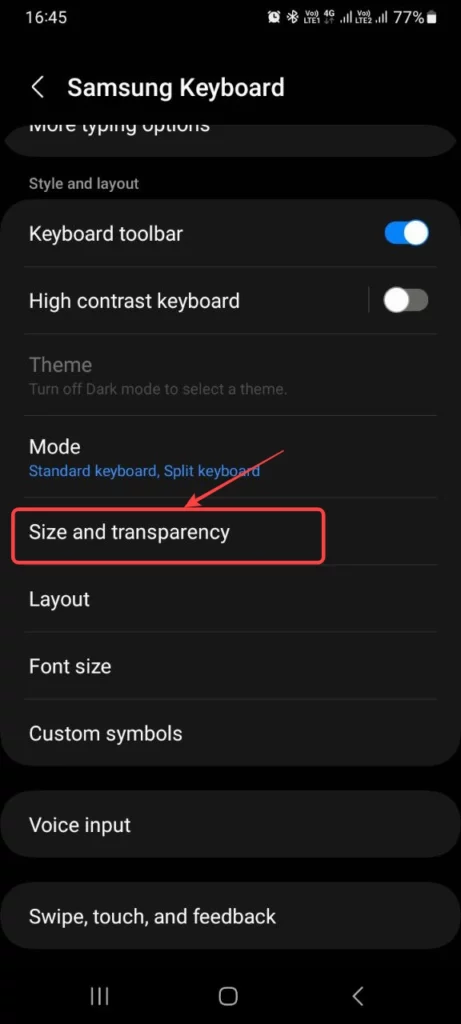
- Finally, you can drag the handles on the sides of the keyboard to adjust its size.
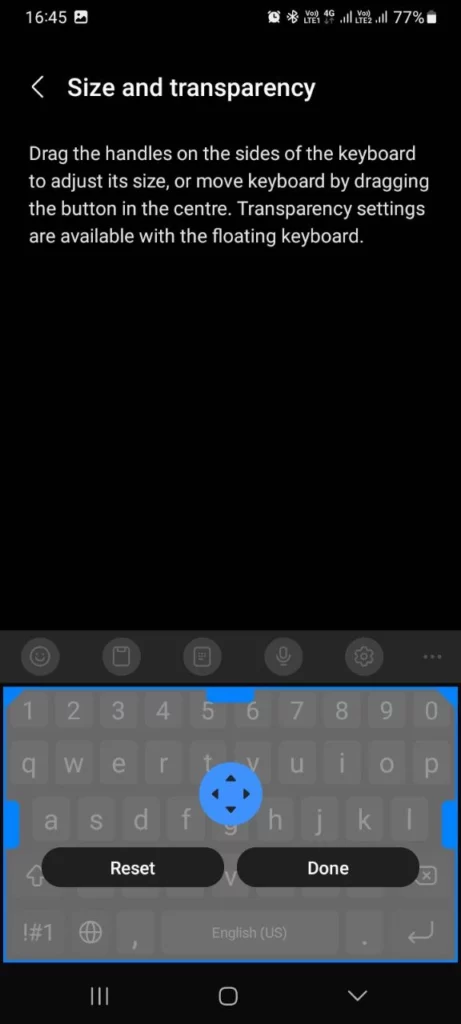
We hope that this article has been able to provide you with some helpful tips and tricks for How to adjust the size of the Samsung Keyboard. Now you can share your experiences or capture important information without any hassle!